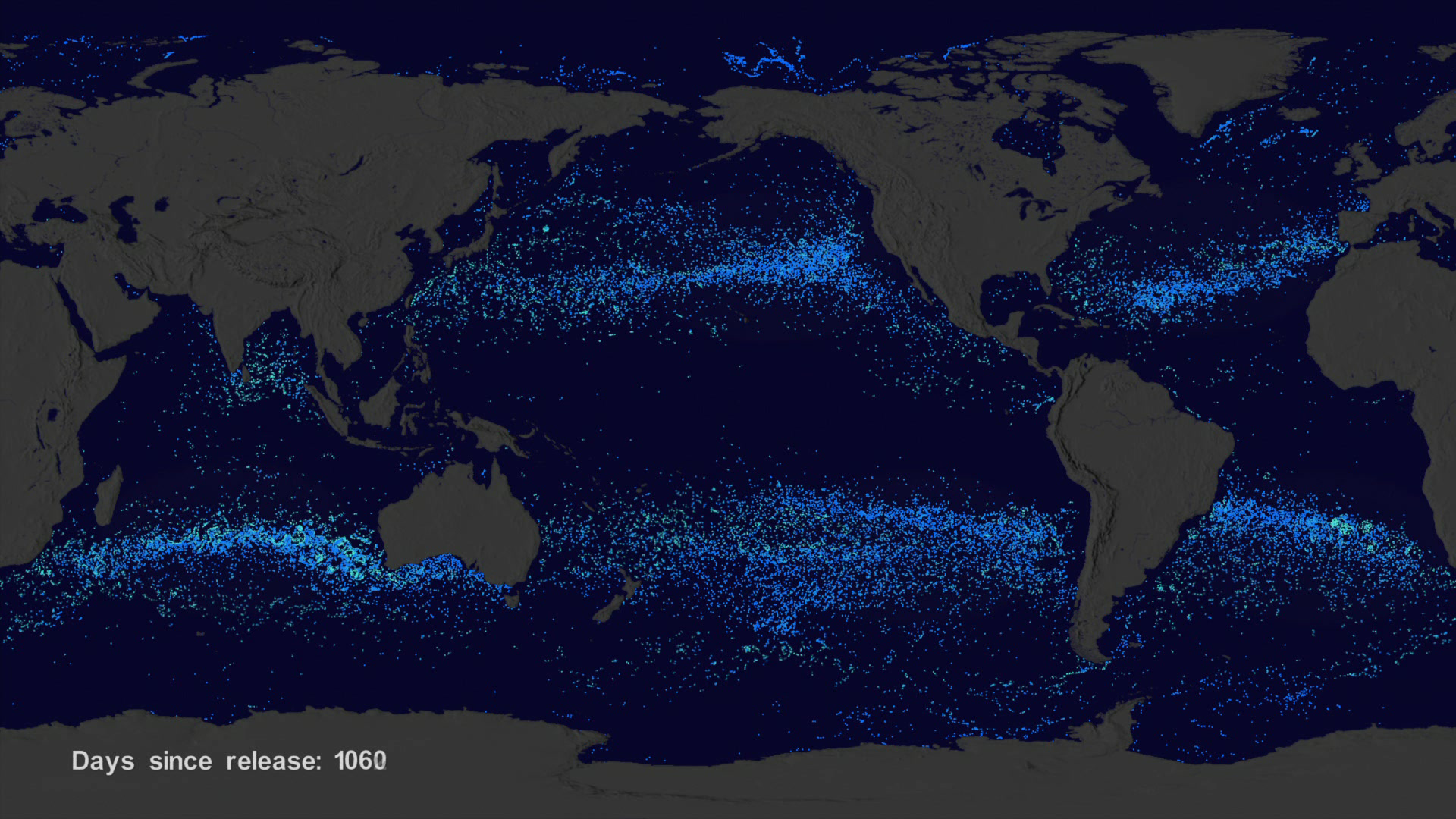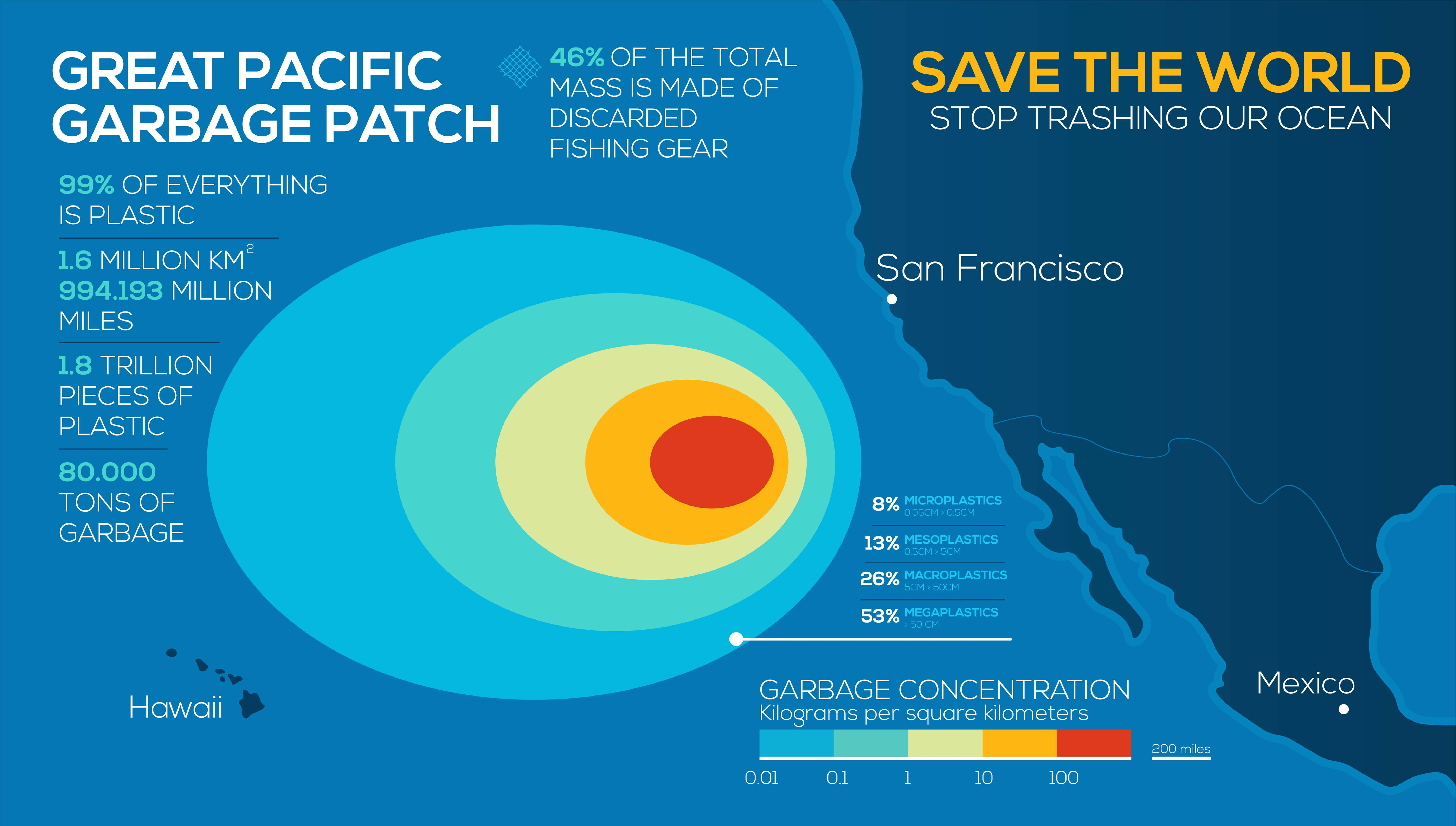

While fishing, you notice an osprey feeding on some small fish. Imagine you traveled out in the Pacific Ocean for a fishing trip. The Marine Food Chain A Pacific Ocean food chain, illustration by Jay Rasgorshek. If the autotroph communities in the ocean are harmed, the entire marine food web could change! Sea turtle tangled in plastic. This blockage threatens the growth of algae and plankton. The collection of microplastics on the surface of the ocean can also block sunlight from penetrating the water. It’s not only the buildup of plastics in the food web that concerns scientists, but the harm the debris can cause if seals or other wildlife become tangled in netting, strings, fishing line, or other long thin plastics within the garbage patch. Learn more about plastic threats to albatross in this video from Blue Planet. An albatross named Wisdom cares for her chick at Midway Atoll Refuge and Memorial. How would you survive if you got trapped in a plastic bag?Īlbatrosses consume plastics and then, thinking it is food, feed the plastic to their chicks, which in turn die from starvation or internal injuries. Imagine inhaling a piece of a plastic bag and getting it trapped. In turn, the plastic can hurt, starve, or suffocate the turtle. For example, loggerhead turtles consume plastic bags because they have a similar appearance to jellyfish when they are floating in the water.

Debris trapped in the Great Pacific Garbage Patch is harmful to marine life. Larger items, like shoes, plastic bags, and fishing nets, are also mixed in with small pieces of plastic. To gain a better understanding of how these plastics break down in the ocean over time, watch this video segment below that aired on 60-Minutes. Even though the pieces become smaller and smaller, they are still pieces of plastic, and they never completely decompose.

All of these elements together contribute to the breaking down of plastics into smaller and smaller pieces. The plastic pieces, which are not visible from space, or even from a sailboat at times because they are beneath the ocean surface, are exposed to ultraviolet radiation, wave action, coral reefs, rocks, and sand. The Great Pacific Garbage Patch is taking up an area of the ocean that is roughly two times the size of Texas! The plastics, which are not biodegradable, break down over time into tiny pieces. What is the Great Pacific Garbage Patch? It’s a collection of plastics floating in the ocean, some of which are so small they can’t be seen with the naked eye, called microplastics. Let’s learn more about the GPGP, and what’s already been tried!Īre you an educator? Check out the Teaching Guide for more details about setting up this design challenge. In this classroom activity, you will work on finding a solution for the Great Pacific Garbage Patch! You will consider the impact of this waste on the environment and marine life, and how this waste can be captured and removed, hopefully using the natural environment of the ocean to propel the solution through the water. At the end of the video: Do you think there is an economical way to clean up this Pacific Garbage Patch? At the 1:23 video mark: How do you think this garbage patch appears or looks in the ocean? Some ideas to consider while watching the video include: Have you ever heard of the Great Pacific Garbage Patch? Learn more about it by watching this video. Today we will be taking a journey using our imagination. You have just entered the Pacific trash vortex known as the Great Pacific Garbage Patch! You lean over the side of the boat to get a better view and notice tiny pieces of plastic surrounding your ship. As your boat continues on its course for the next few hours, you notice that the ocean water begins to look like a cloudy soup. You see a sea turtle swimming, a pod of dolphins swims by, and the water is bluer than any other color blue you have ever seen. The horizon expands as you lower the sails and cut the engine. You’ve set sail from San Francisco Bay with your family, headed for the islands of Hawaii. Sailing on the Pacific Ocean, illustration by Jay Rasgorshek


 0 kommentar(er)
0 kommentar(er)
